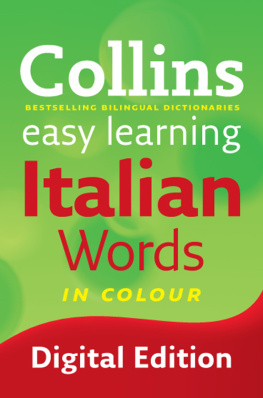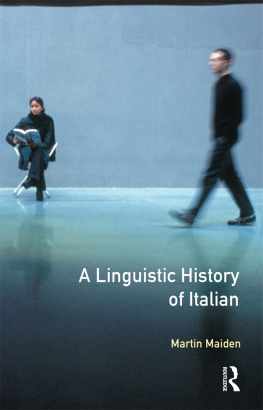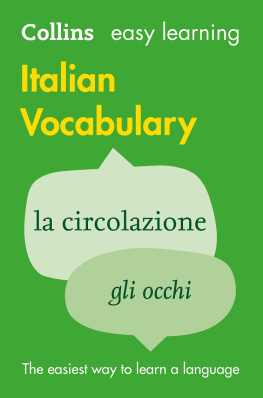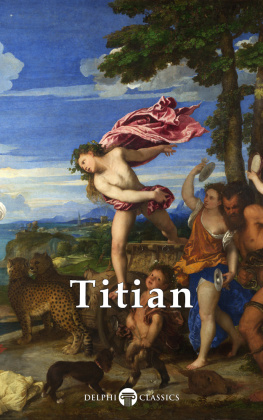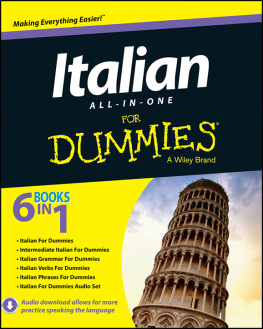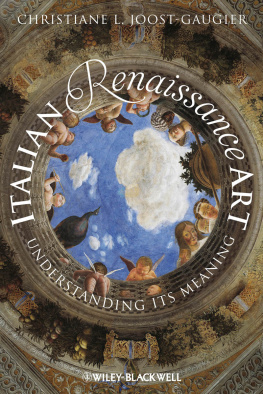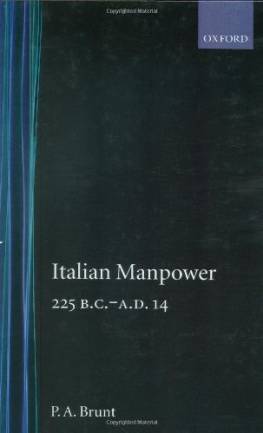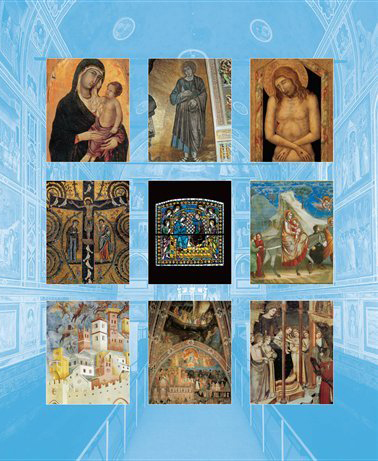Baseline Co. Ltd
All rights reserved.
No part of this publication may be reproduced or adapted without the permission of the copyright holder, throughout the world. Unless otherwise specified, copyright on the works reproduced lies with the respective photographers, artists, heirs or estates. Despite intensive research, it has not always been possible to establish copyright ownership. Where this is the case, we would appreciate notification.
Fresco. Basilica of Sant Angelo
in Formis, Capua.
Introduction:
Something about Pictures and Painters
Note from the Editor: The following passages originally constituted sections of two books that delved into the origins, progression, and development of the Italian Renaissance.Both written in 1864 one by Anna Jameson and the other by Giovanni Cavalcaselle and Joseph Crowe their original text provides a vivid insight into both the lives of the artists and atmosphere of the time, shedding light on certain works that have since been destroyed or lost, as well as exacting a Victorian critique of artistic technique and form that has since been replaced by a less assertive style of analysis. Nevertheless, despite the interceding period of a tumultuous twentieth century, many of the works remain in the same chapels, Duomos, and galleries referred to by the writers, and the fact that they are still an object of artistic interest to some, and reverence to others, corroborates their timeless appeal.
These Memoirs of the early Italian Painters were first published in the form of detached essays. The intention was to afford young travellers, young art students, and young people in general, some information relating to celebrated artists who have filled the world with their names and their renown; some means of understanding their characters as well as comparing their works; for without knowing what a painter was, as well as who he was, the circumstances around him, his age, and the country in which he lived, we cannot comprehend the grounds of that relative judgment which renders even imperfect works so precious and admirable. These biographical essays were necessarily brief. Since they were first published, the taste for art has broadened significantly; many works have appeared, some beautifully illustrated. Unnumbered reviews, essays, and guidebooks from the pens of accomplished critics and artists have all facilitated the study of art; but the original purpose of this little book as a companion for the young has not been superceded. The author has therefore prepared this edition with great care. The references to examples have been made, wherever it has been possible, to the National Gallery in London; the number of valuable early pictures which were recently added to our collection has rendered these references and descriptions much more intelligible and interesting to the young student than they were a few years ago. Many remarkable pictures have since changed hands; nearly all the arrangements in the Louvre in Paris, in the Florentine Galleries, and in the Galleria dellAcademia in Venice, have been altered since the original publishing.
It was necessary, therefore, to correct the references with some regard to the existing arrangements and the numbering of the pictures in all these famous galleries. Of course it has not been possible in this little work to enter into disputed points of criticism or chronology; but the author has profited from two visits to Italy, and more particularly by the excellent edition of Vasari, who has added several biographies and rendered these Memoirs altogether not only more interesting, but sufficiently accurate, considering their comprehensive and popular form, ensuring not to mislead the inexperienced student on questions relating to particular pictures and individual artists that remain to be settled.
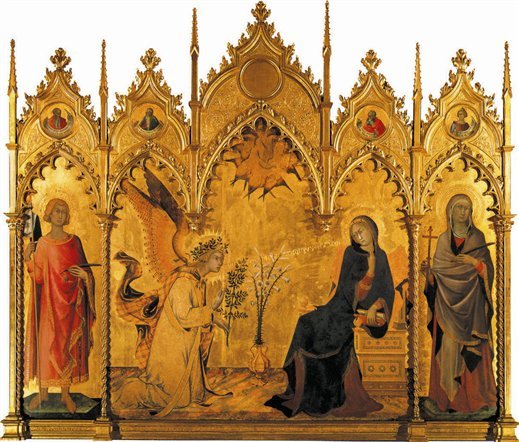
Simone Martini and Lippo Memmi,
Altarpiece of The Annunciation, 1333.
Tempera on wood, 184 x cm .
Galleria degli Uffizi, Florence.
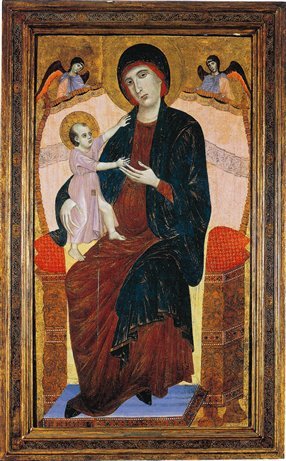
Duccio di Buoninsegna,
Gualino Madonna, between 1280-1283.
Tempera and gold on wood, 157 x cm .
Galleria Sabauda, Turin.
In regard to pictures, let it be remembered that although a knowledge of the name, the character and the country of the painter adds greatly to the pleasure with which we can contemplate a work of art, it is not it ought not to be the source of our highest gratification; that must depend on our capacity to understand the work in itself, and have delight in it for its own sake. Our first question, when we stand before a picture should not be Who painted it? but What does it mean?, What is it about?, What was in the painters mind to express when he embodied his thoughts in this form and colour? We should be able to read a picture as we read a book, but a picture has an advantage over a book in that its significance is not expressed in written or printed words, which are mere arbitrary signs of human invention, but in forms and colours, which belong to the realm of nature. Imagery, whether in painting or sculpture, was a means of imparting instruction, as well as delight, long before the art of writing existed, and painting was brought to a certain degree of perfection and used for the grandest and most important purposes long before we had the art of printing. In those times, to use the expression of one of the old fathers of the Church, Pictures were the books of the people; in fact, they had no other; even now, when books are plentiful and cheap, the use of pictures to convey information more rapidly and more accurately than by words is commonplace.
But it is another thing when we have to consider pictures as art, and painting as one of the highest of the fine arts properly so called. Now, people may collect books merely as articles of curiosity and rarity, as specimens of printing and binding, like that collector who Pope describes: In books, not authors, curious was my lord! He may like them as furniture to fill his shelves with intricate binding and accredited names, even so may an individual collect pictures for their beauty, their rarity, or their antiquity, or hang them on their walls as mere ornamental furniture. No doubt such collections are a great, allowable source of pleasure to the possessor and to the observer; however, considered as productions of mind addressed to mind, this is not the highest advantage to be derived from pictures. As I have said, we should be able to read a picture as we read a book. A gallery of pictures may be compared with a well-furnished library; I have sometimes thought that it would be a good thing if we could arrange a collection of pictures as we arrange a collection of books. In the ordering of a library with a view to convenience and use, we do not mix all subjects together. We have different compartments for theology, history, biography, poetry, travels, science, romances, and so forth; we might consider pictures in a similar order. Theology, in that case, would comprise all ordained subjects, whether taken from the Holy Scriptures, or having any religious significance; they may be the representation of an event, such as the elevation of the serpent in the wilderness, the raising of Lazarus, the worship of the Magi, or they may be the expression of an idea, such as the dead Christ mourned by his mother and the angels, or those most beautiful and inexhaustible subjects, the human mother nursing her son, and the son honouring in heaven the mother who bore him on earth. Such ideal subjects bear the same relation to religious narratives as the Psalms and prophecies bear to the book of Kings.



